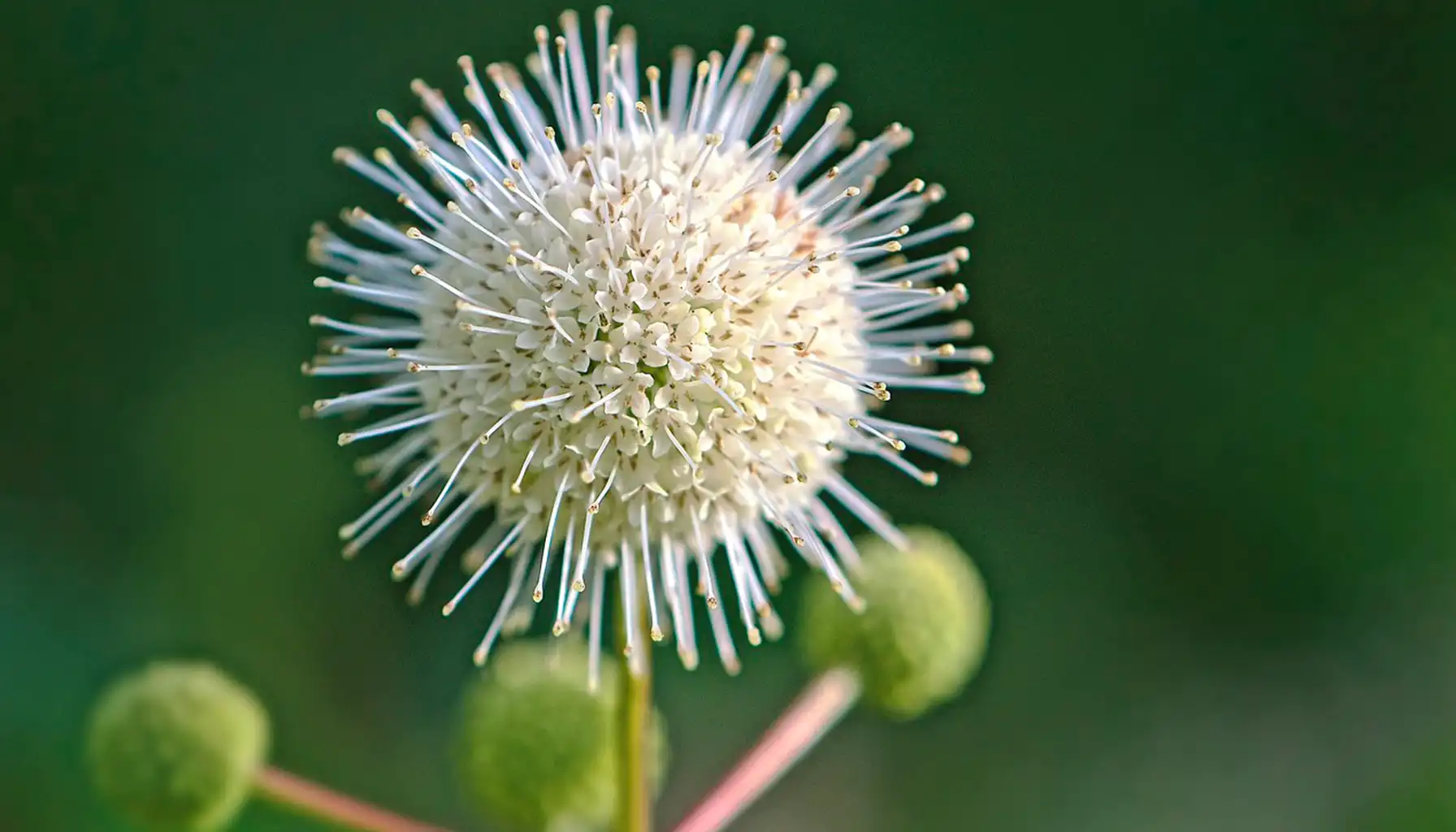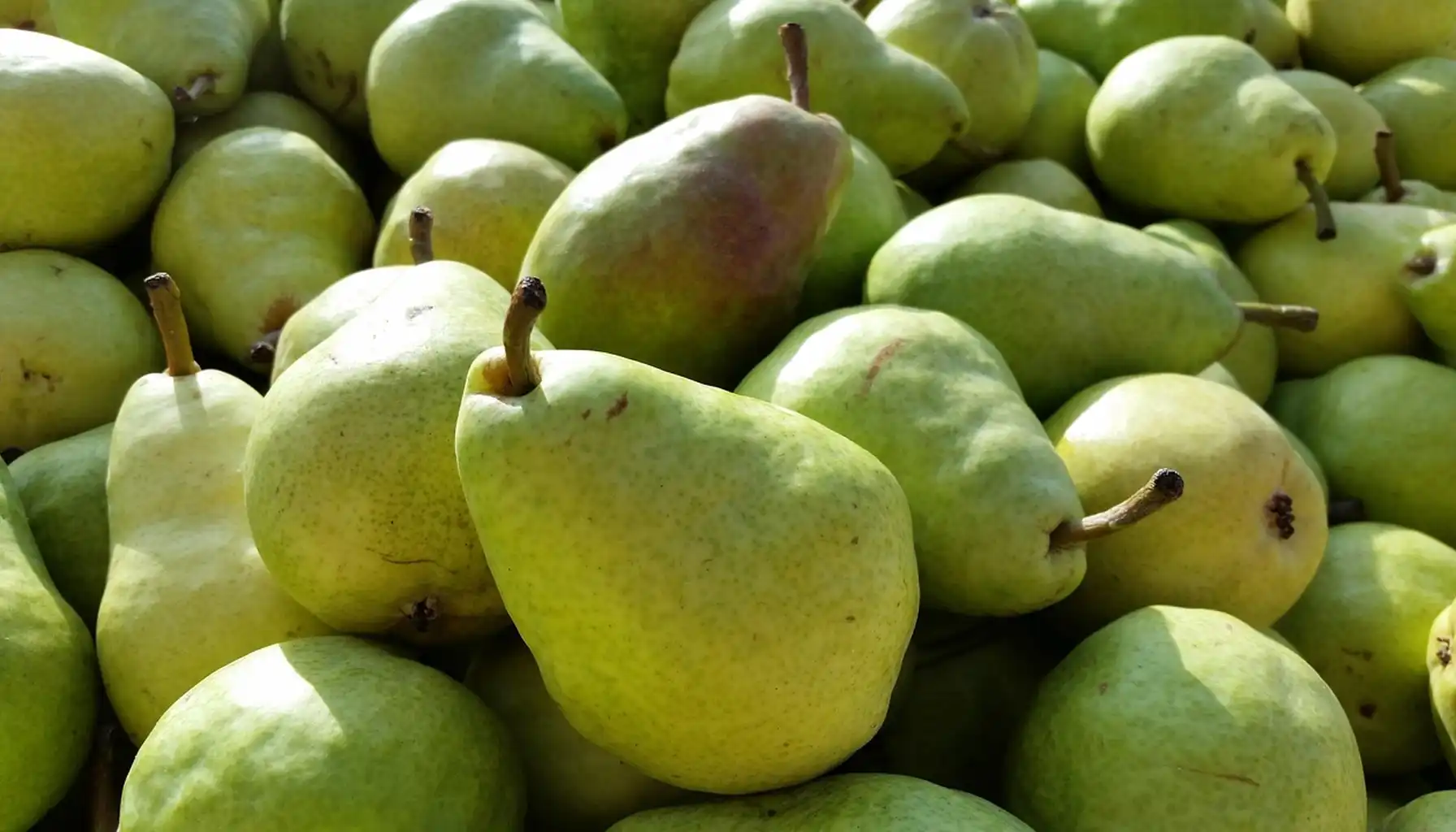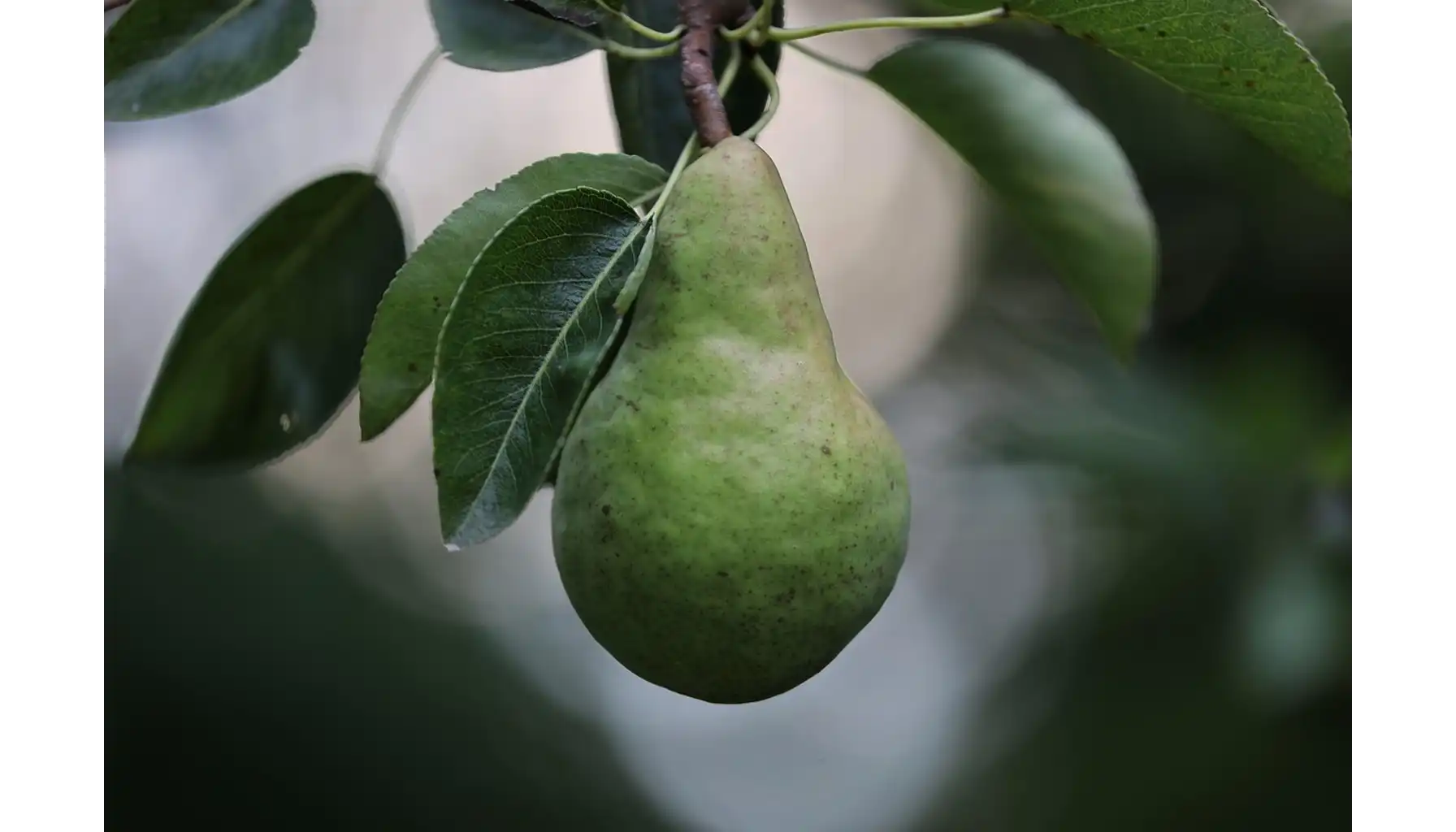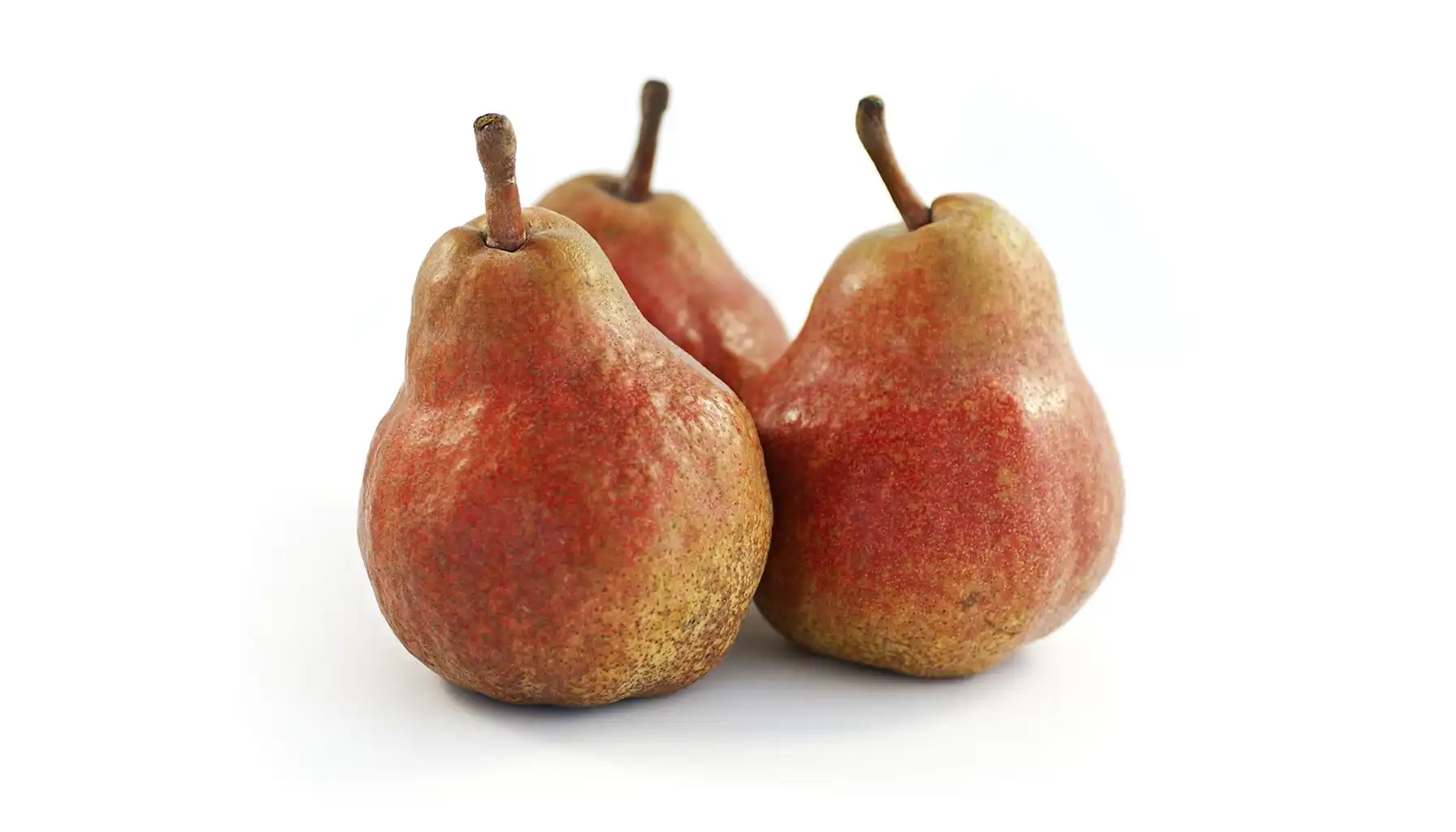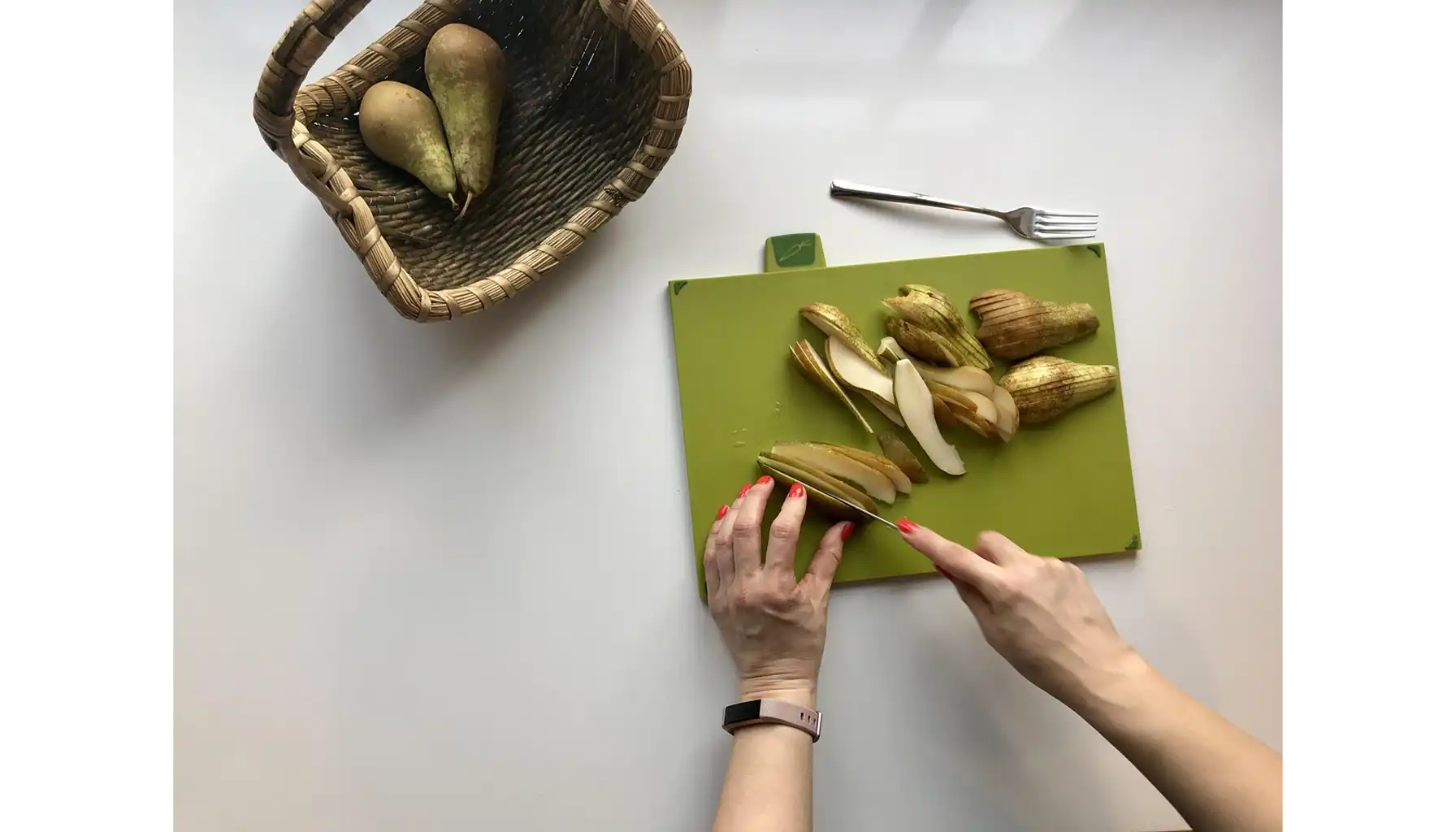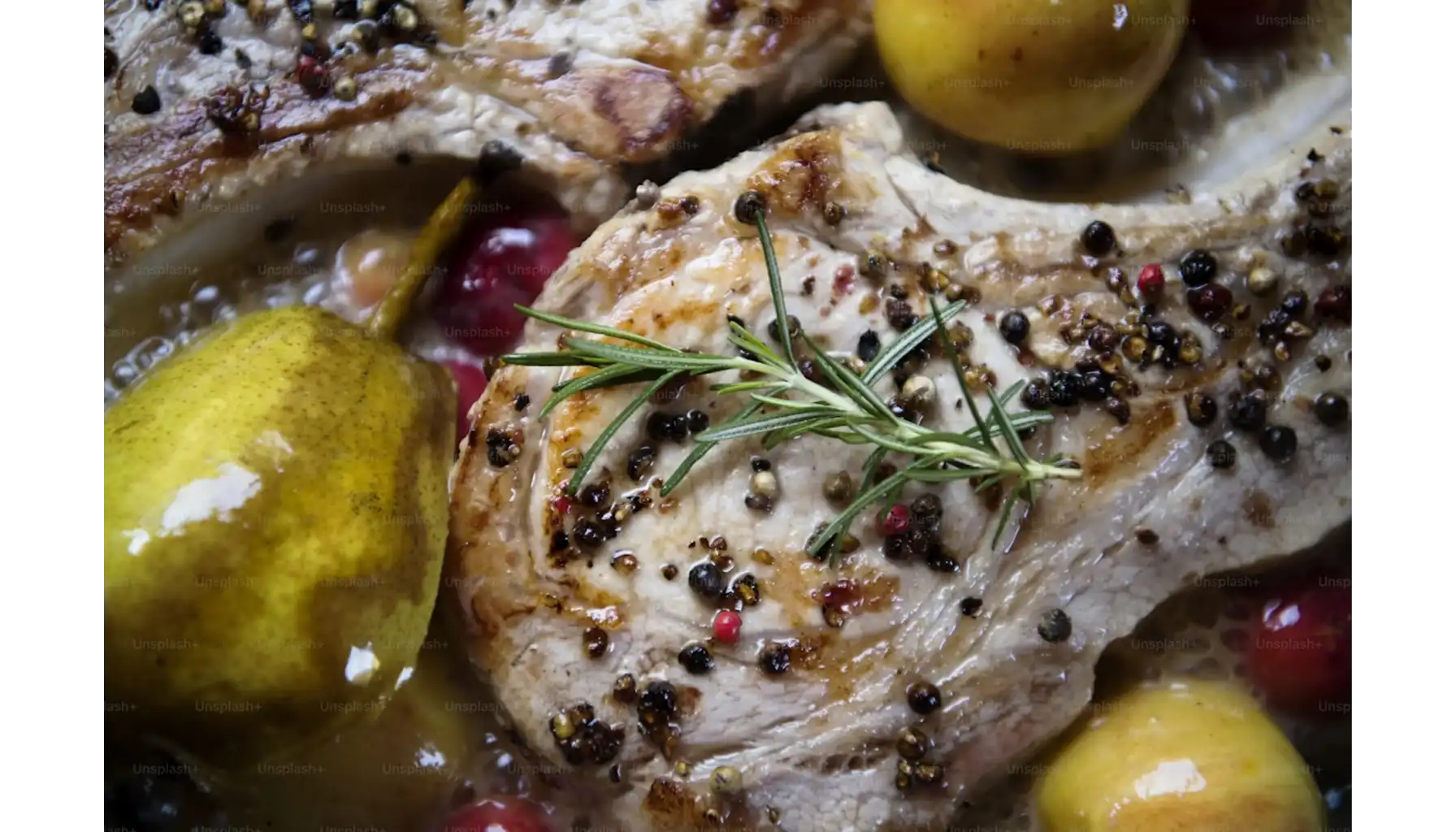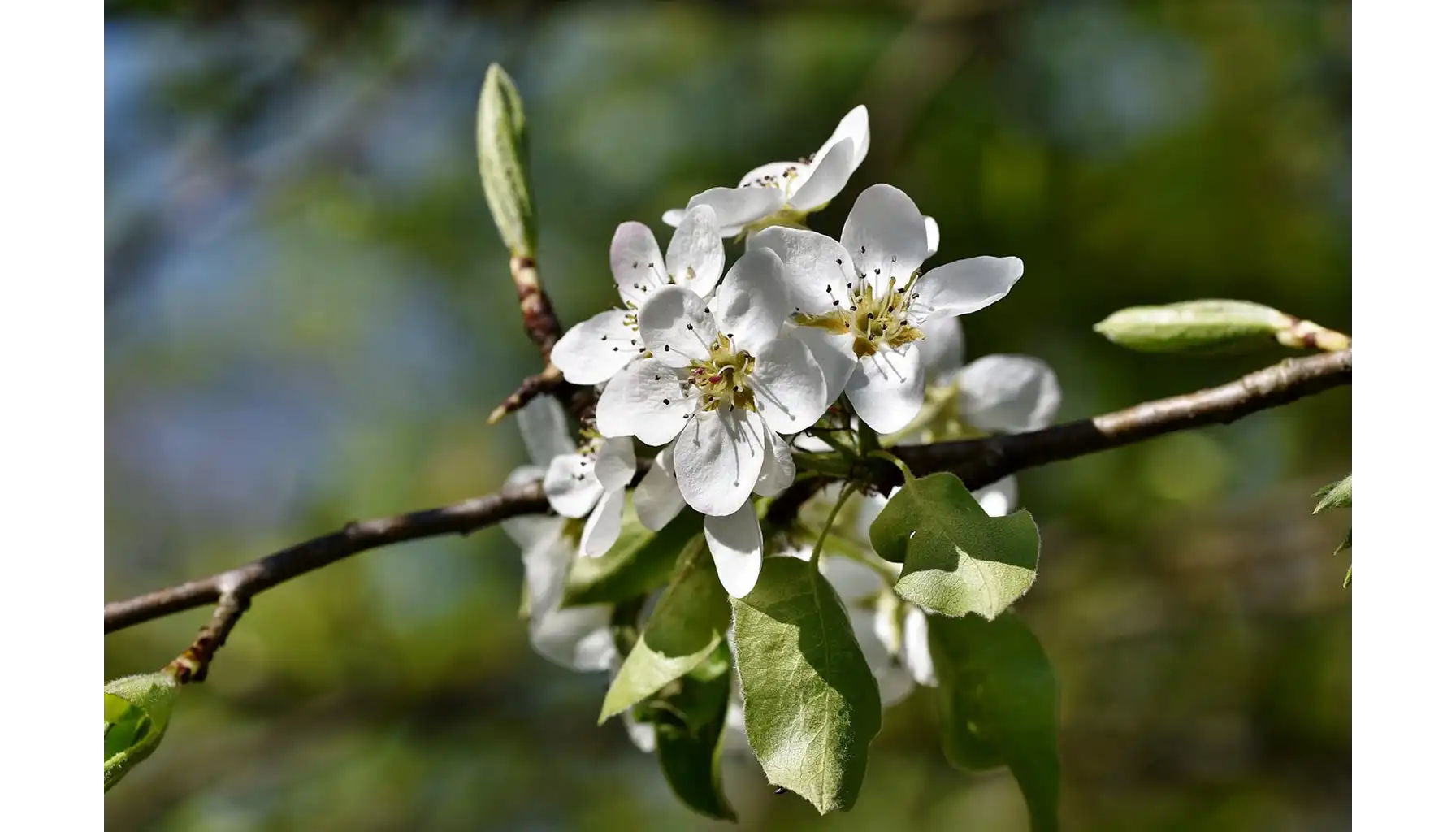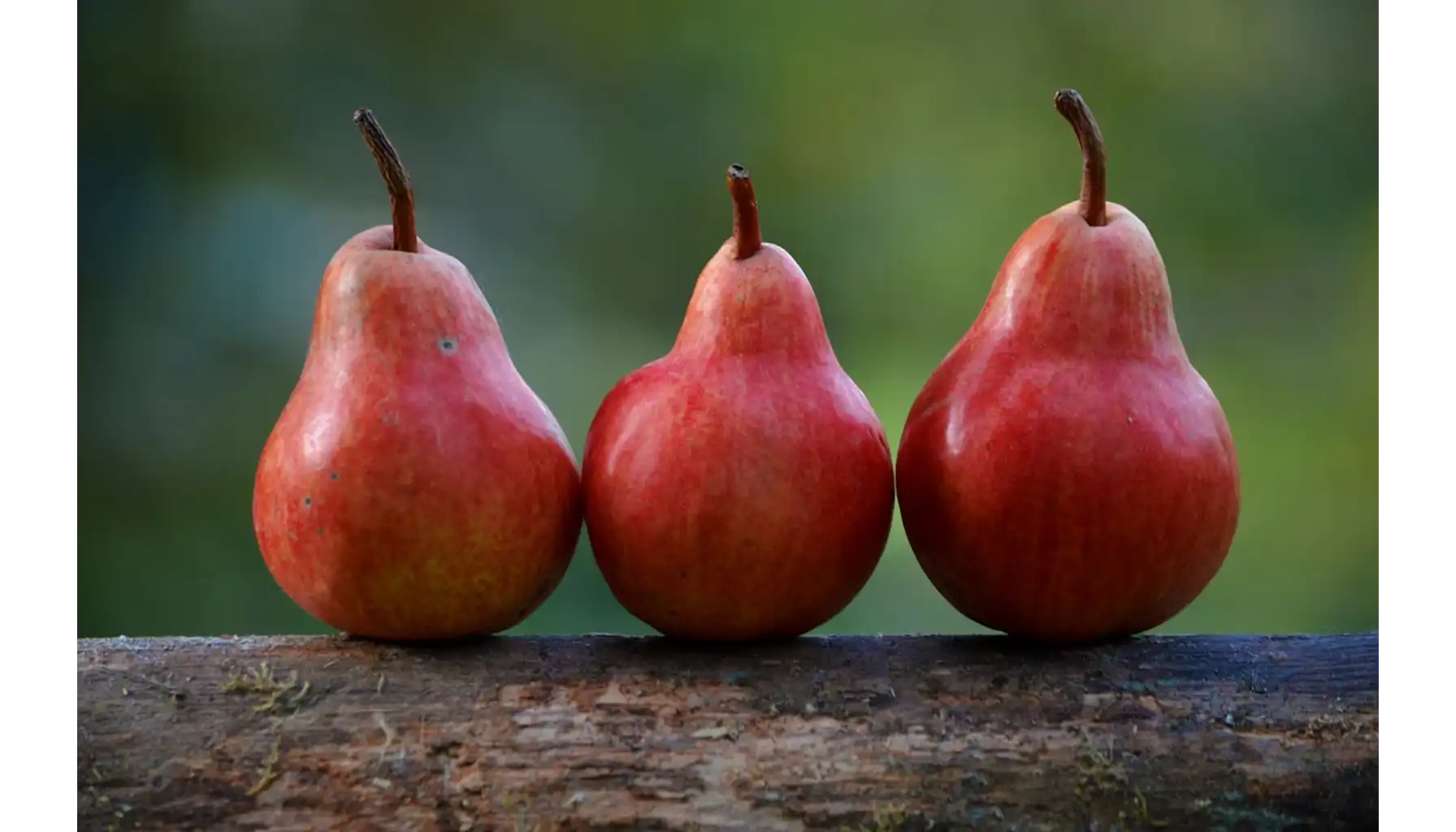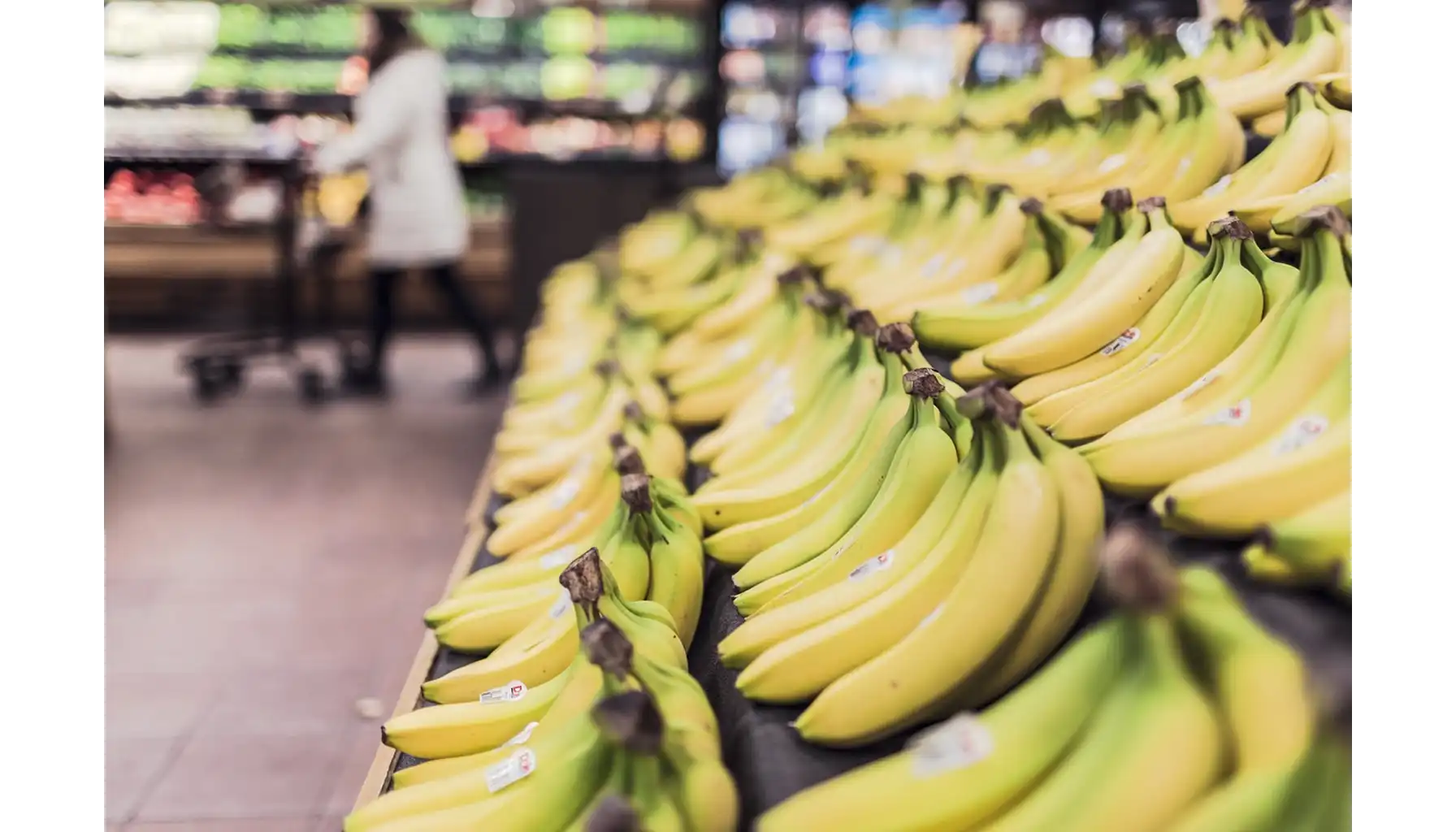The Bartlett pear is one of those varieties that almost everyone recognizes. Europeans call it Williams, Americans call it Bartlett, and that’s the only name it’s known by in each place. It has a distinctive shape—that classic pear shape that's hard to confuse. The juicy fruit smells so good you want to try it straight from the tree.
It's eaten as is, baked in pies, or canned—and the flavor remains vibrant in any form. It’s not only the kitchen where it matters. Each variety comes with history: its growth habits, the climate it thrives in, and the health benefits experts like to emphasize.
And to help you navigate the various varieties and growing methods, there are simple tools available today, such as the free plant identifier. It will immediately tell you which pear you're dealing with and how to care for it.
Bartlett Pear Nutrition Facts
Key Nutrients and Health Impact
The pear flesh is tender, juicy, and sweet enough to satisfy without being too heavy. A medium pear contains very few calories, but it packs a punch. They take the edge off hunger without weighing you down with sugar, making them effortless to enjoy.
Vitamin C works like a natural shield — it strengthens the immune system and helps the body absorb iron from food.
Fiber provides the intestines with fuel and that feeling of fullness when you've eaten just one pear and don't want to go back to the fridge.
Potassium keeps your heart and blood vessels in good shape and makes sure the body holds the right amount of fluids.
No surprise that nutritionists so often add Bartlett to their menus. It's a favorite among both those strictly watching their weight and those simply looking to replace some sweets with a healthier option without the extra sacrifice.
How Many Calories in a Bartlett Pear
On average, 100 grams of the fruit contains about 57–60 kcal. As a result, it turns into an easy, wholesome bite.
One medium pear weighs approximately 170–180 grams.
This means that the calories in a Bartlett pear rarely exceed 100–110.
Compared to a sweet pastry or a chocolate bar, this is a very small amount.
Nutrient | Value (per 100 g) |
Calories | 57–60 kcal |
Protein | 0.4 g |
Fat | 0.1 g |
Carbohydrates | 15 g |
Fiber | 3 g |
Sugar Content and Energy Balance
Many people wonder: how many carbs are in a Bartlett pear? Per 100 grams, there are about 15 grams of carbohydrates. However, these are mostly natural sugars, which are easily digested and don't cause sharp spikes in blood glucose.
In this fruit, sugar doesn’t act alone — fiber steps in and slows its absorption.
Pears fuel the body without weighing it down.
Suitable for breakfast or a snack during the day.
Bartlett Pear Benefits
Why Add This Fruit to Your Diet
Regularly including this variety in your diet noticeably improves your well-being. You don’t have to be on a tough diet to feel it; even with a regular diet, the effect is there. Even a couple of pears a week acts as a mild preventative measure.
Antioxidants protect the cardiovascular system: they reduce stress on it, maintain artery flexibility, and decrease disease risk.
Fiber and natural sugars feed the good bacteria in the gut, helping them thrive. As a result, digestion runs smoother and nutrients are absorbed better.
The low glycemic index makes Bartlett a safe option even for people with diabetes: the sweetness is noticeable, but there are no sharp spikes in blood sugar.
Incidentally, gardeners often compare Bartlett pear trees to ornamentals. For example, the spectacular blooms of Annabelle Hydrangea in the garden are no less impressive than the white spring flowers of a pear tree.
Bartlett Pear Taste
Flavor Profile and Texture
This pear has a balanced flavor: slightly tart at first, then unfolds into a honeyed sweetness.
When unripe, the fruit has a crunchy texture and a fresh, cool taste.
The ripe pear is juicy, soft, and practically melts in the mouth.
The aroma is reminiscent of a mixture of honey and flowers.
Ripe Bartlett Pear
How to Identify Perfect Ripeness
The fruits are picked green and ripen at room temperature. Testing for ripeness is easy: press gently at the stem. If the skin gives, it's a ripe Bartlett pear and is safe to eat.
Red Bartlett Pear
Differences Between Yellow and Red Varieties
There's also a red Bartlett pear, distinguished by its vibrant skin, ranging from pink to deep burgundy.
The red Bartlett pear tree is prized not only for its fruit but also for its ornamental value. Come fall, the foliage shifts to red and orange, instantly brightening the garden.
Bartlett Pear Recipes
Pears are not only delicious fresh; they are also versatile in cooking.
Bartlett Pear Almond Cake Carnival
One of the most impressive fruit desserts is a pie. The mix of juicy pears and almond base makes it delicate yet full in flavor.
To make it at home, follow these simple steps:
Whip soft butter and sugar until creamy.
Add the eggs one at a time and stir in the ground almonds along with the flour – this will create a soft, nutty dough.
Transfer the mixture to a pan and smooth the surface.
Arrange thin slices of ripe Bartlett on top. You can lightly press them into the dough.
Sprinkle with flaked almonds for crunch.
Bake at 180°C (350°F) for about 35–40 minutes, until the pie is golden brown and gives off a honeyed aroma.
It's best to let the finished cake cool slightly, but you can serve it warm. It's delicious on its own or with a scoop of vanilla ice cream.
Savory Dishes and Canning Traditions
Bartlett pears shine not only in desserts but also in savory dishes. Thin slices are added to a cheese platter—especially blue and aged varieties. Their sweetness tones down the sharp edge of the mold, creating a perfect balance. In salads, the pear pairs well with arugula and walnuts: the freshness of the greens and the slight bitterness of the walnuts accentuate the fruit's juiciness.
Preserving is another story. For more than a hundred years, Bartlett pears have carried the title of the “classic jarring pear.” Even in hot syrup, they hold their shape, while their aroma stays bright and unmistakable. They are used to make compotes, slices in spicy marinades, and even pear jam with cinnamon. Such preserves keep well through the winter and bring back the taste of summer at any time.
A simple chutney recipe from Bartlett:
dice pears,
add apple cider vinegar, a little sugar, ginger, raisins, and a pinch of cinnamon,
simmer over low heat for about 30 minutes until thickened.
Bartlett Pear Tree Characteristics
Size and Growth Pattern
The tree grows quickly and produces a fruitful harvest in just 4–6 years.
In spring, the tree is blanketed with white blossoms.
The fruits are initially green, then turn yellow.
Gardeners grow it in home plots as well as in commercial plantations.
Bartlett Pear Tree Height and Size
Full Grown Bartlett Pear Tree Dimensions
The tree can reach 18–20 feet in height. Depending on the rootstock, there are several options:
Rootstock Type | Tree Height | Application Features |
Standard | up to 18–20 ft (≈6 m) | Suitable for large orchards, produces high yields |
Semi-dwarf | about 12–15 ft (≈4 m) | Easier to maintain, takes up less space |
Dwarf Bartlett pear tree | up to 8–10 ft (≈2.5 m) | Compact form, ideal for small plots or container growing |
Bartlett Pear Tree Growing Zone
Suitable Climates and Bartlett Pear Chill Hours
The tree requires cool winters to bear fruit. The average requirement is about 800 hours of chill time below 7°C (45°F).
When caring for indoor plants, gardeners often mention Jade Plant—just like pears, these plants require proper lighting and watering.
Bartlett Pear Tree Pollination
The variety is self-sterile, so it needs a pollinator. A Bartlett pear pollination chart showing compatible varieties can help.
Bartlett Pear Trees for Sale
Buying Tips and Considerations
These days, they're easy to find in nurseries or online.
When purchasing, it's important to clarify:
Growing zone. If the tree isn't suited to your climate, no amount of care will save it.
Sapling age. Very young trees take root faster, but you'll have to wait longer to bear fruit.
Rootstock. Dwarf rootstocks are easier to care for and won't take over the entire plot, while standard rootstocks are classics with a tall crown and large yields.
In comparison, when choosing houseplants, gardeners often focus on hardy varieties like Cast Iron Plant, and in the garden, on the frost hardiness zone.
Pear Bartlett History
From Williams to Bartlett
This pear originated in England, where it was known as Williams' Bon Chretien. Enoch Bartlett brought the variety to the U.S., and it took on his name. From the end of the 18th century, it’s been a steady favorite in U.S. gardens.
It's sometimes said that the Bartlett pear tree is invasive. However, unlike the ornamental Callery pear, this variety rarely goes wild or displaces native species.
Bartlett remains a classic cultivar: delicious, good for you, and remarkably versatile. You’ll see it in desserts, preserved in syrup, or simply decorating the tree in the garden. For anyone who loves plants with personality and a story, it’s hard to beat.
AI Plant Finder App
AI Plant Finder is a free app that helps you recognize plants and care for them.
Identify species from photos
Spot diseases and get treatment tips
Expert care advice
300,000+ plants in the database
Handy tools: My Garden Tool, Water Calculator, Light Meter
Free on iOS and Android
Related AI Plant Finder Posts
